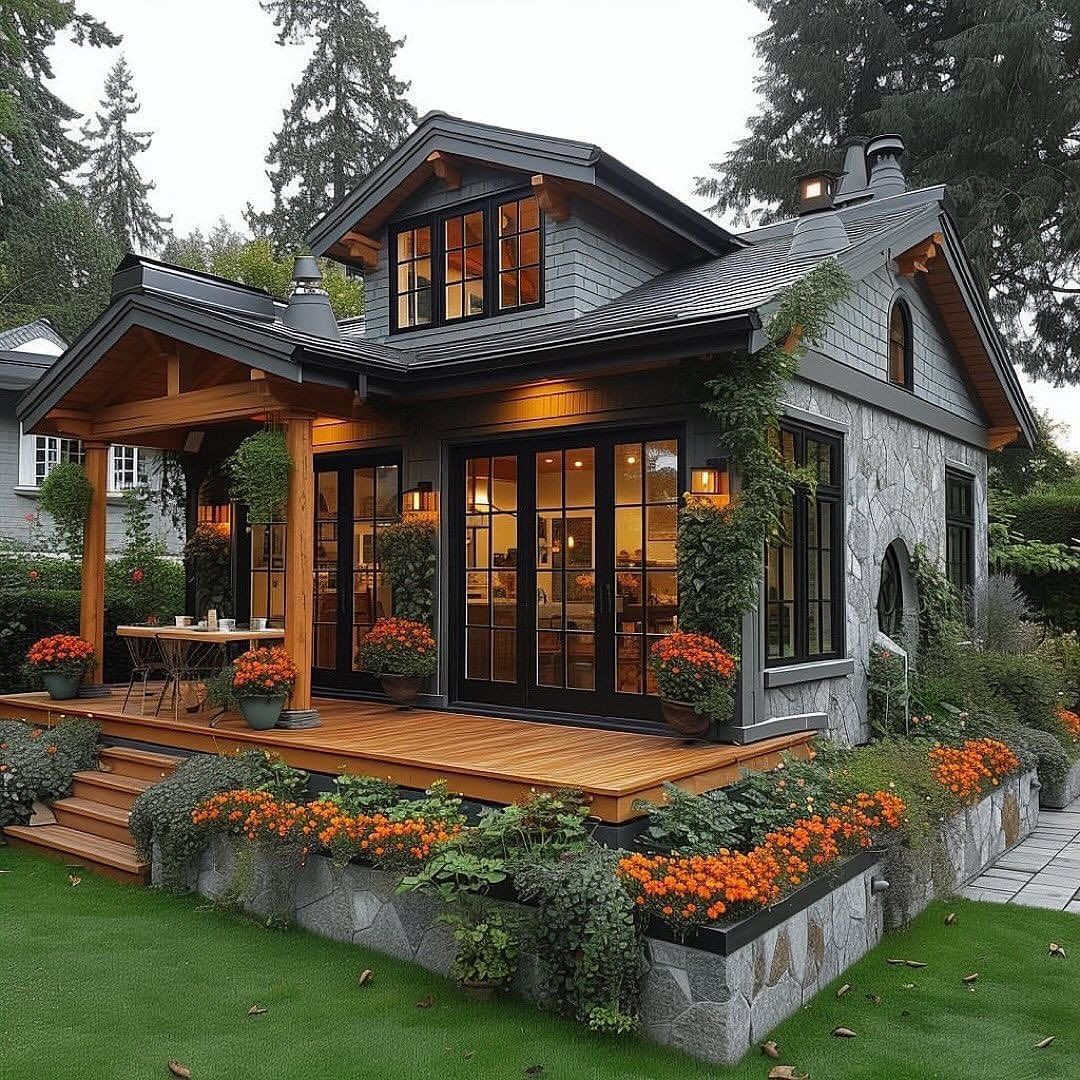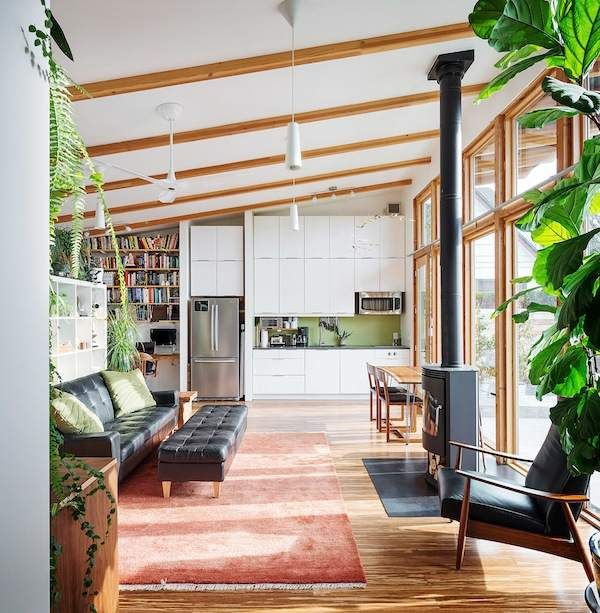Small house design has become an increasingly popular trend in recent years, as more and more people are opting for smaller, more efficient living spaces. There are many benefits to living in a small house, including lower costs, reduced maintenance, and a smaller ecological footprint. However, designing a small house can be a challenge, as every square foot counts and maximizing space is essential.
One of the key principles of small house design is to make use of every available inch of space. This means utilizing multi-functional furniture, such as a bed that folds up into a sofa or a dining table that can be tucked away when not in use. Designing built-in storage solutions like shelves, cabinets, and closets can also help to maximize space and keep the home organized and clutter-free.
Another important aspect of small house design is to prioritize natural light and ventilation. Large windows and skylights can help to make a small space feel more open and airy, while also reducing the need for artificial lighting. Optimizing airflow through strategically placed windows and vents can help to regulate temperature and create a more comfortable living environment.
When it comes to small house design, it’s important to carefully consider the layout and flow of the space. Open floor plans can help to create a sense of spaciousness and make the home feel larger than it actually is. However, dividing the space into separate zones for different functions, such as living, dining, and sleeping areas, can also help to create a sense of privacy and separation within the home.
In terms of aesthetics, small house design often focuses on simplicity, minimalism, and functionality. Choosing a neutral color palette, lightweight furniture, and clean lines can help to create a sense of openness and tranquility in a small space. Incorporating natural materials like wood, stone, and textiles can also help to add warmth and texture to the design.
Overall, small house design requires careful planning, creativity, and attention to detail. By prioritizing functionality, maximizing space, and incorporating natural light and ventilation, it is possible to create a comfortable, efficient, and stylish living environment in a small home. With the right approach, living in a small house can be a rewarding and fulfilling experience, offering a simpler, more sustainable way of life.
 bebadesign Interior Design Ideas
bebadesign Interior Design Ideas














